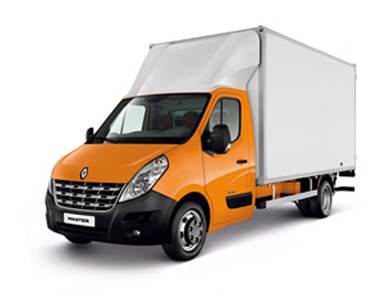Cava Regulatory Council
E s a decentralized agency of the Ministry of Environment and Rural and Marine Affairs. It is composed of growers, processors and representatives of the Autonomous Communities of the "Region of Cava" and the Ministry.
S us history dates back to 1959 when it established the Trading Standards and asificados Sparkling Wines, which first appeared the words CAVA. Subsequently, the Order of the Ministry of Agriculture April 23, 1969 regulates and aerated sparkling wines, being recognized as self-designation of the system developed by sparkling classic bottle fermentation and aging in the cellar "may well" to characterize their products CAVA be named. " This definition served as a basis for designating the name of the product.
By acquiring the category of quality sparkling Cava, promulgated by Order of November 14, 1991 the Regulations of Cava and its Regulatory Board.
It was in 1972 when it enacted the Ministerial Order of 27 July and was the Control Board of Sparkling Wines with performance comparable to that of Appellations of Origin. With this arrangement the Cava quedasujeto to their own regulations in terms of development, production and marketing.
Spain's accession to the EU amounted to the equalization of DO wines wines of the highest category (psr). Before the Treaty of Accession, the Cava was the only Spanish specific denomination that had its own structure, identical to that of Appellations of Origin, the difference lay in the delineation of the area and for this reason at the beginning of 1986 was established "Region of Cava, which marked its production area. Cava is well protected against the EU and recognized as a quality sparkling wine produced in specified regions (psr)
T he origin of Cava is associated with the splendor of wine mid-nineteenth century Catalan. The studies of Louis Pasteur microbiology applied to wine accounted for control of the second fermentation in the bottle, cork and allowed discovery to avoid the loss of the bubbles produced in the wine. Thus was born the traditional or Champenoise method.
In this s. Century, several families of Sant Sadurni d'Anoia, initiate the investigation of this new processing technique applied to crops in the area, the result of his studies and tests linked to the prestigious San Isidro Catalán Agricultural Institute. This marked the Cava with its own identity distinct from any other sparkling wine quality.
In 1872, he produced in the municipality of Sant Sadurní the first bottles of Cava, following the traditional method of second fermentation in the bottle. Thus begins their preparation and the town becomes the capital of Cava neuralgic.
In the 20's, the CAVA takes hold in the Spanish market, reaching its high growth in the 60's and 80's international consolidation. Today is one of the most dynamic wine sector and thriving of vineyards "essentially Catalan" with a production that has surpassed the 220 million bottles per year that reach consumers around the world.
E l Cava born, among other things, the radical transformation of the vineyard derived from the invasion of phylloxera.
The properties and characteristics of Cava are rooted in the soil of its vineyards, grape varieties used and the weather.
The cultivation of vines stretching from the Mediterranean coast to the highest areas, about 800 m. altitude. However, in the central area at an altitude of 200 to 300 meters, which boasts the largest area of vineyards.
The climate is Mediterranean, bright and sunny, mild winters and moderately hot summers.
This together, with a moderate rainfall that is spread throughout the year produces an optimum microclimate for growing vines and ripening grapes.
The Harvest
From mid-August to late October the harvest is done. The grapes are transported to warehouses in boxes of 25 to 30 kg or stainless steel trailers.
The wines produced from different varieties combines the winemaker in the proportions considered appropriate based on the characterization of their products.









